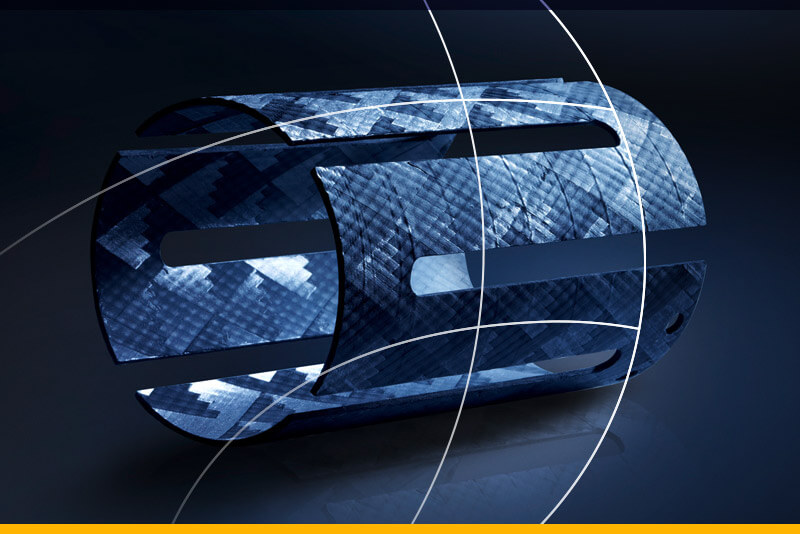- PVA TePla Korea
- Technologies
- Overview Vacuum Furnace Systems
- Graphite Finishing
Components made of artificial graphite are used in a wide range of industrial applications.
Common examples include furnace construction components, insulating materials for extremely high temperatures, and batch carrier systems in the form of fiber-reinforced graphite.
Owing to the material’s high thermal and chemical resistance, it is also suitable for use in the aerospace industry and in nuclear engineering.
Graphite-based materials offer numerous possible applications in furnace construction, the chemical industry, and nuclear technology. If they are to be used for high-purity applications, such as in semiconductor production, the graphite components themselves must exhibit purity that is similar to or better than the products to be treated. Contamination produced during manufacture must therefore be kept to a minimum.
Graphite purification takes place at temperatures of up to 2,400 °C in a vacuum or under partial pressure. Since many trace elements—particularly metals—form very temperature-stable carbides, cleaning takes place with the aid of chlorine and fluorine. These can be incorporated into the process in the form of relatively harmless chemical precursor stages and do not unleash their reactive and thus cleaning effect until inside the furnace chamber.
Some typical graphite purification applications include
- Graphite heating elements for vacuum furnaces and crystallization systems
- Graphite felt insulation in vacuum furnace construction and crystal-growing
- Batch carriers for epitaxy and coating systems
About our
graphite purification systems
In various applications, graphite materials are given functional coatings (in particular, pyrocarbon and silicon carbide) for purposes such as increasing the service lives of components or their chemical resistance. These coatings are generally applied by means of CVD processes. The CVD processes take place at high temperatures under partial pressure or just below atmospheric pressure. They are subject to special requirements in terms of temperature uniformity and control precision, as well as process gas control.
PVA TePla has at its disposal methods of simulating temperature distribution and gas flows that enable process-specific system design to suit customer applications.
We work closely with our customers’ process engineers to develop and build CVD reactors and offer our comprehensive expertise on a level playing field with their own.
Typical examples of CVD graphite coating include
- Batch carriers for heat treatment processes in the semiconductor industry
- Brake components in motorsports
- Robust thermal insulation in furnace construction
About our
graphite coating systems
